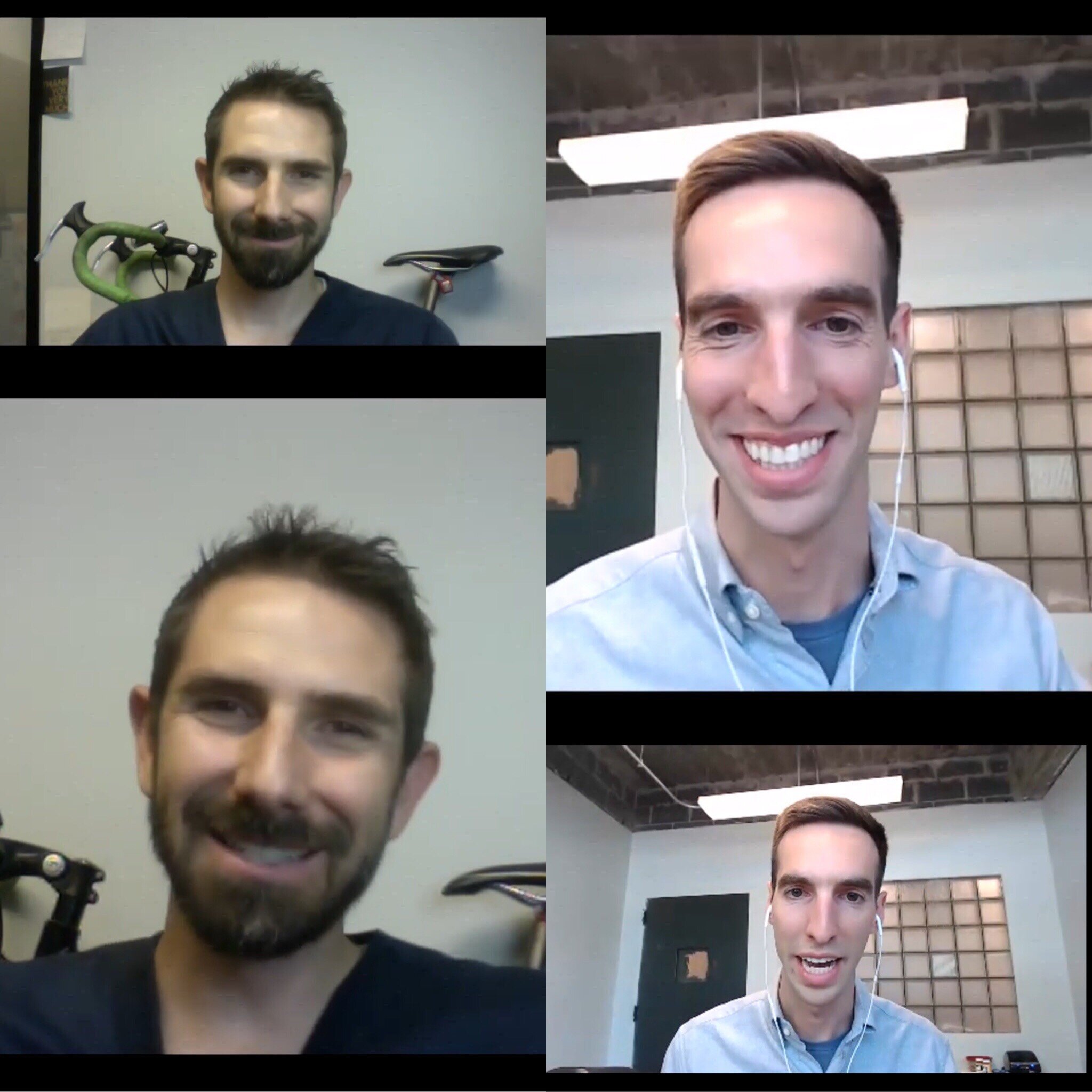How to Create Excellent Video Content for Your Direct Primary Care Practice
This week, I got a really nice note from a direct primary care colleague. He wanted to know about the tools that I use to create engaging video content for my direct primary care practice. Here’s the ask:
Hey Paul, I hope all is well and that you’re staying safe during this time. You posted your equipment on how you make videos - the computer program, the lighting, the microphone, and the camera that you use to make your videos for Startup DPC and for your practice Plum Health DPC. Can you share that information with me again? I can’t seem to find the post. I want to start making videos and I think these tools and resources will help me to create better videos.
Thank you
There are a ton of great people in the direct primary care movement and I love seeing them succeed in their direct primary care practices. So here it is, the tools that I use to make great video content!
Tools of the Trade
The editing software that I use during my lectures is called Camtasia and it costs $250 - https://www.techsmith.com/store/camtasia. I don't make any money from recommending this product and I recommend it because it's easy to use and low cost. Also, they're based in Lansing Michigan, so a part of my State's economy.
The camera that I use is found on Amazon and it's a Logitech C920S - it costs about $225 and it's worth every penny because the video quality is just so damn good. Here's a video with the basic MacBook Air webcam (super grainy, almost distractingly so). Here's a video with the Logitech C920S HD Webcam that shoots in 1080p: perfectly focused and crystal clear.
The microphone that I use can be found on Amazon, and it's called a Blue Yeti. It costs about $129 if you click over to the basic (silver) color package. The blue version of the Blue Yeti is $146. I don't know why I can't link directly to this lower cost microphone, but it's there for less expensive if you click over to the silver one.
So for right around $600, you can have everything that you need to create excellent content.
Lighting Your Video Perfectly
Now, if you want to kick it up a notch, you can use a simple ring light to give you the perfect lighting in any environment. It's about $60 or $65 on Amazon.
A ring light is great for shooting in situations where lighting is less than ideal. I shoot most of my videos in my office because I get great lighting - there's a large window that faces our front desk, so I just sit at the front desk or stand behind my front desk and enjoy perfect lighting.
A few things to note about this video - the sound quality isn't as good because the camera/microphone combo that is my iPhone is being held 8 feet away from my mouth, so it sounds echo-y. Also, the video quality isn't nearly as good as my other videos shot in 1080p using my Logitech C920S.
So in daytime situations at my office, my lighting is perfect. But, if I'm in another room in my office, or filming at home in my home office, my lighting isn't very good as is. Therefore, I bought a ring light to give me excellent lighting wherever I may be. Here's what that ring light looks like in my dining room and here’s what the ring light looks like in my home office.
Here's an example of mediocre lighting, I was at Ford Field where the Detroit Lions play for a Men’s Health event. You see how the light source (big windows) are on the right side of the screen? And do you see how that illuminates the left side of my face, but leaves the right side of my face in shadow? This is an example of less-than-ideal lighting.
Here's another video with crappy lighting - the overhead fluorescent lights illuminate my forehead and leave my chin dark. Also, no microphone so bad sound quality, and no HD camera, so kind of a grainy video.
However, if that same office with the same camera location is shot during the day, you can see how much better the lighting can be.
With a ring light, you can have perfect lighting any time, any where. So it's a reasonable investment if you're filming in a location where you know the lighting isn't great - for example if you're shooting in a low-light environment or in a room lit by overhead fluorescent lights.
HOW CAN I LEARN MORE ABOUT STARTING A DIRECT PRIMARY CARE PRACTICE?
If you enjoyed reading this blog post and if you want to learn more about starting and growing your direct primary care practice, look no further than our courses on how to start and grow your direct primary care practice. We at Startup DPC have begun compiling some of the best content available on this blog and in our courses.
The best place to start is to take our Direct Primary Care Business Plan course, available here. From there, you can learn how to attract new patients to your direct primary care practice and how to find the perfect location or build out the practice of your dreams.
Thanks for reading and watching, and best of luck in your direct primary care journey!
- Dr. Paul Thomas with Startup DPC









